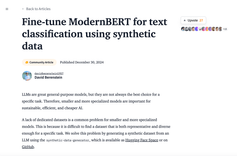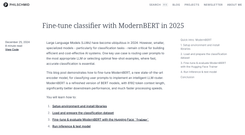
Abstract
Instruction-following models such as GPT-3.5 (text-davinci-003), ChatGPT, Claude, and Bing Chat have become increasingly powerful. Many users now interact with these models regularly and even use them for work. However, despite their widespread deployment, instruction-following models still have many deficiencies: they can generate false information, propagate social stereotypes, and produce toxic language.
To make maximum progress on addressing these pressing problems, it is important for the academic community to engage. Unfortunately, doing research on instruction-following models in academia has been difficult, as there is no easily accessible model that comes close in capabilities to closed-source models such as OpenAI’s text-davinci-003.
We are releasing our findings about an instruction-following language model, dubbed Alpaca, which is fine-tuned from Meta’s LLaMA 7B model. We train the Alpaca model on 52K instruction-following demonstrations generated in the style of self-instruct using text-davinci-003. On the self-instruct evaluation set, Alpaca shows many behaviors similar to OpenAI’s text-davinci-003, but is also surprisingly small and easy/cheap to reproduce.






